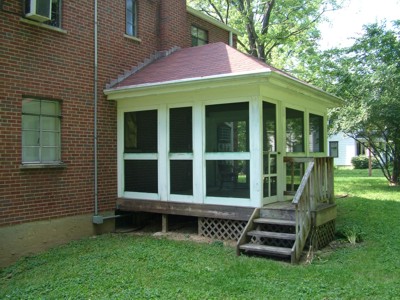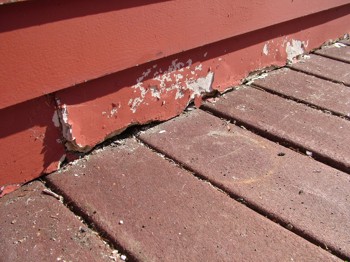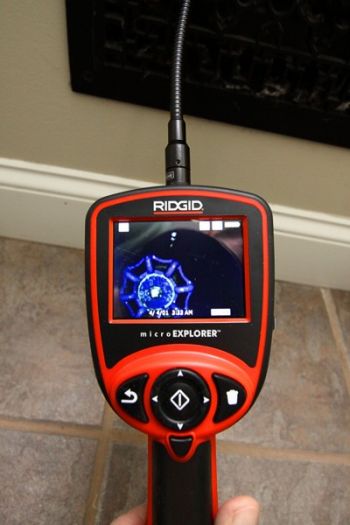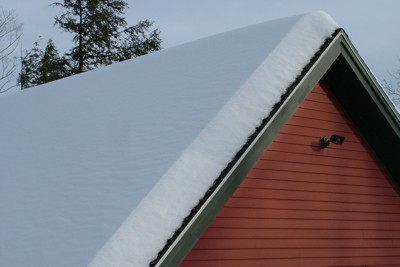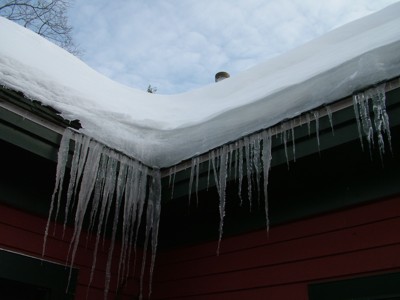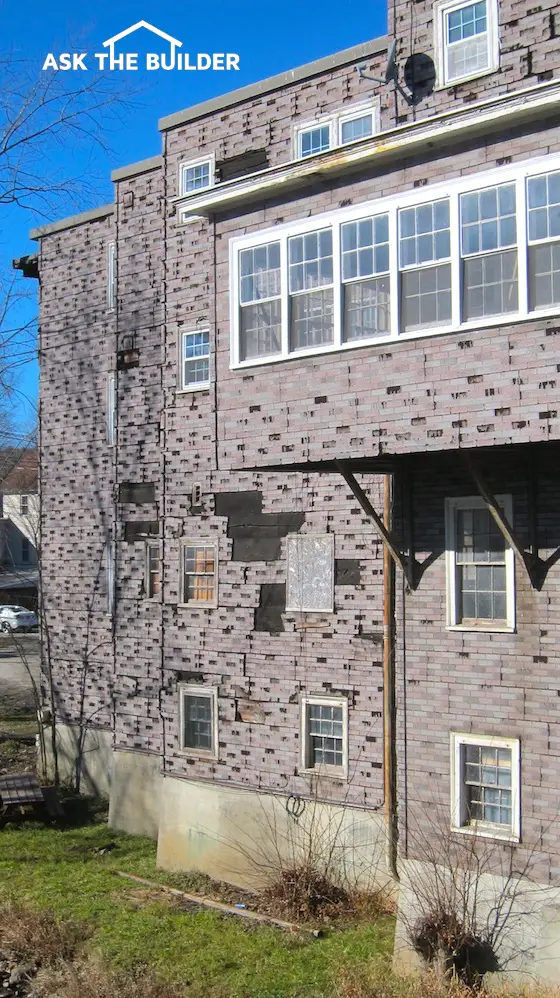A building inspection is typically a service provided by a government agency. The reasoning is twofold. First and foremost, the government uses this power to help protect the health and welfare of the citizens. Building inspections point out defects in the construction that could cause collapse, fires or conditions that might cause rapid deterioration of the structure.
Building inspections create more tax revenue. Although often denied by elected and appointed officials, monitoring building inspections allows the government to keep track of real estate improvements. Most towns and cities get tax revenue based upon the value of improvements on the property. When you apply for a building permit, which is the first step in getting a building inspection, the tax auditor's office is notified that something is happening on a parcel of land in the community. Typically, the real estate is worth more money after the project which means the government can collect more taxes.
The actual building inspection service is almost always performed by a government employee, or a subcontractor working for the government. Hopefully, this inspector has been properly trained. Often building inspectors are former building contractors who have decided they still want to be involved in building, but in a capacity with much less liability.
A series of hurricanes over the past twenty years has put Florida building inspection in the harsh spotlight. But it was Hurricane Andrew in 1992 that blasted ashore and proceeded to expose concrete slabs as well as poor construction practices, and sub-standard building inspection standards. The building codes since Andrew have been strengthened considerably to the credit of the building inspection profession in south Florida.
Commercial building inspection is not much different than residential inspection. There is a separate commercial building code that must be followed, and in many ways it's far more stringent and complicated. Commercial buildings almost always have more people in them and fire hazards and evacuations from these structures are more problematic. Tough commercial building inspections are a good thing as they also are concerned with the welfare of the general public as well as people that work in the buildings.
When I was still building everyday, I would order my county building inspection over the phone. It's now possible in many areas to do this online. The same is true for a city building inspection. Each government is different and some are more progressive than others. No matter what, you'll have to set different appointments at different stages of construction for the building inspector to come to your job site.
Keep in mind that there are many things to inspect, but the inspector can't view all things. They typically inspect the soil conditions as you never want to build a building on bad soil that won't support the weight of the structure. A seasoned inspector can often tell just looking at the soil that all is well.
The framing of the structure, all mechanical systems, the insulation as well as many of the safety items like stairs, handrails and alarm systems are checked during the different inspections. It's common to have different inspectors look at the different systems.
A home building inspection doesn't normally take long to complete. The inspector may be on site for five to fifteen minutes. It depends on his workload and what needs to be inspected. The building inspection department can almost always be found in your local town or county offices. Just contact your local town office to see who is the building inspector. I lived for twenty years in a small village in Ohio. The village didn't need a full-time inspector so they contracted all inspections to the county. It was convenient and the county appreciated the business.
You don't need a building inspection checklist, but it would be a good idea to see if the building inspector would share a copy with you. This way you know what things he'll be looking at when he arrives at the job site. Some of these checklists can be very complex, so don't expect to understand some of the terminology on the forms if you can get copies.
New-building inspection is perhaps the cleanest form of inspecting as you're not working inside an old building that was erected using an ancient code. Be sure you keep in mind that some laws require you to upgrade old buildings to the current code if you do a large renovation. It's mission critical that you investigate this before you buy an old building. You want to make sure that you budget enough money for the project. Many a homeowner has been shocked when they learn thousand of extra dollars have to be spent to finish a job they thought was going to be within budget and on time.
